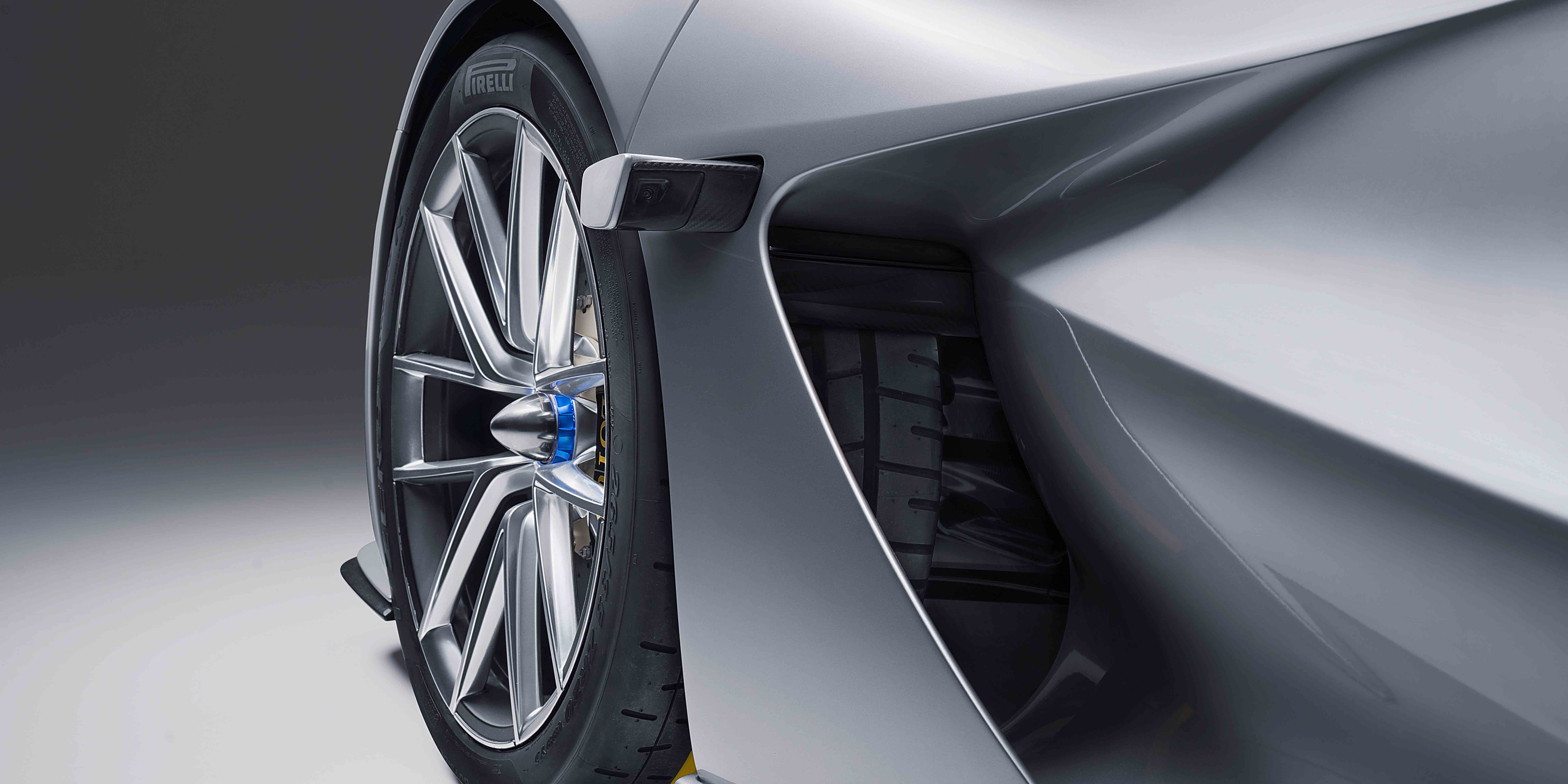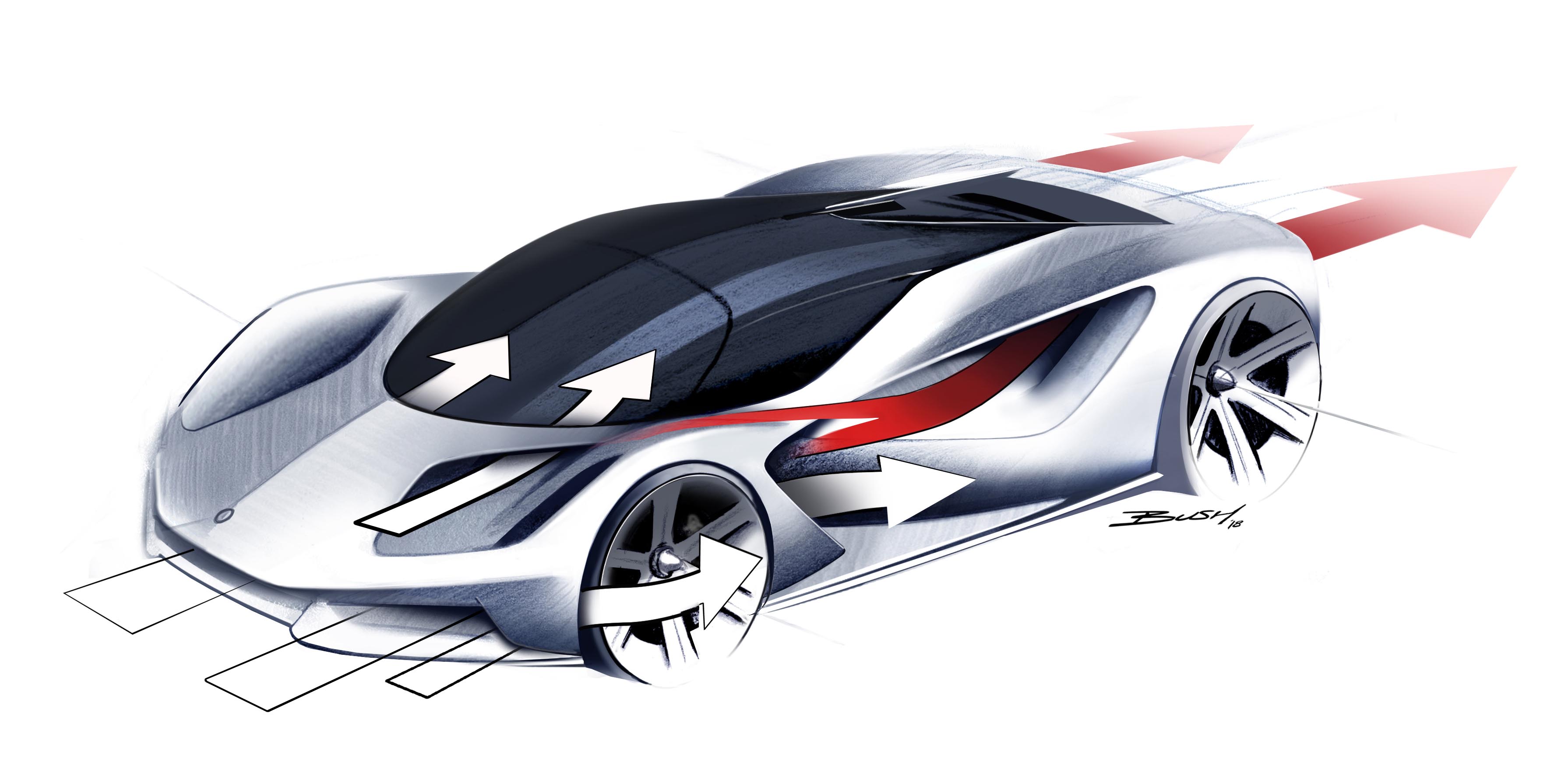Lotus EVIJA: Radical Thinking takes a Revolutionary Leap
The first British all-electric hypercar was created from the Lotus bloodline of daring innovation and radical thinking. Welcome to the next chapter: the Lotus EVIJA. Pronounced ‘ev-eye-a’; it befittingly means ‘the first in existence’ or ‘the living one’.
Setting the new standards for all electric cars and hypercars, the EVIJA has a maximum speed of 200mph and puts out a whopping 1972hp (2000 PS). This surprisingly lightweight EV hypercar has a range of approximately 250 miles. Only a luck few people will have the luxury of getting behind the EVIJA wheel since only 130 will be produced worldwide. Lucky for you, Lotus of Denver is one of the few that will see this beauty go out into the wild.








